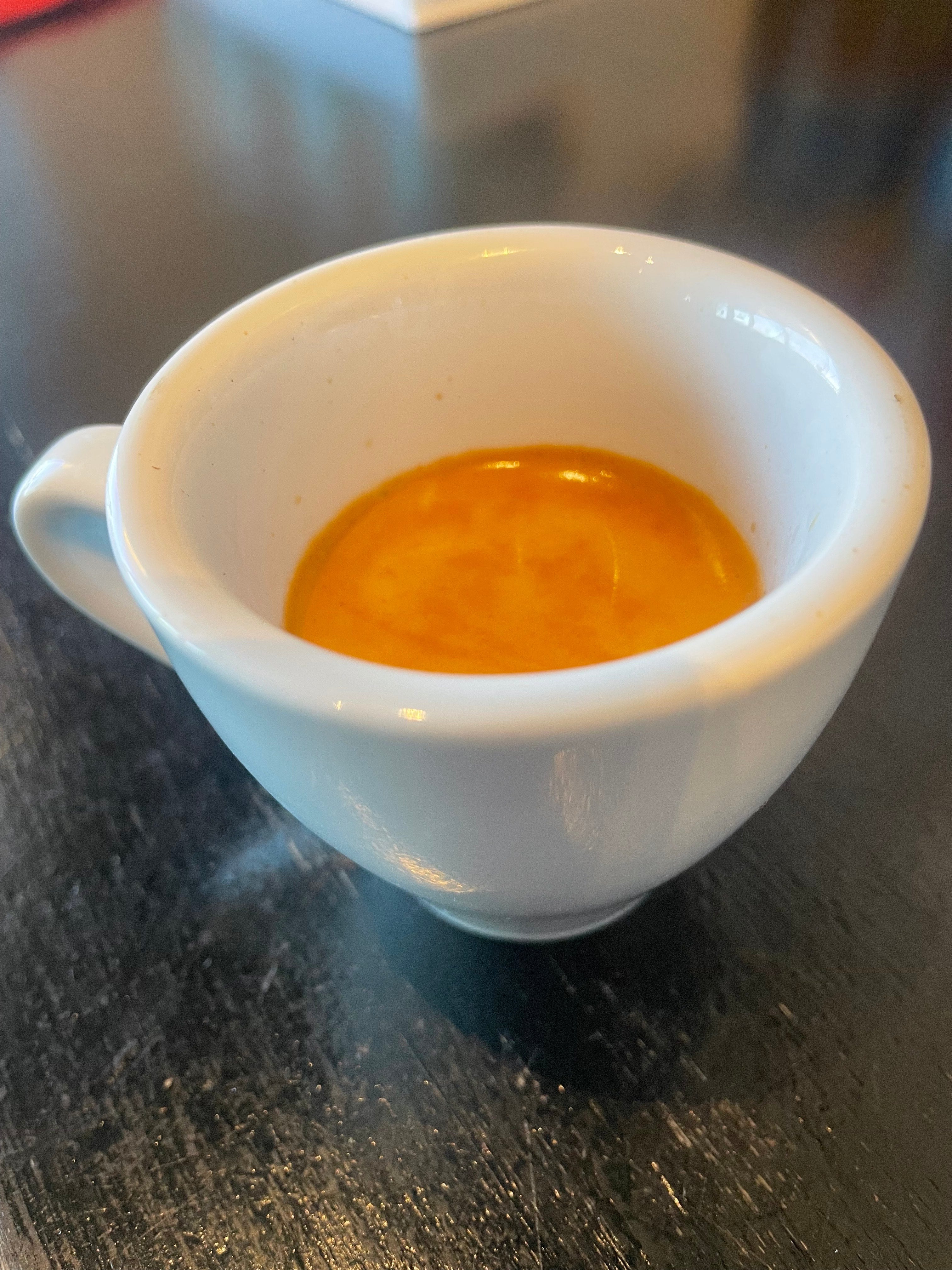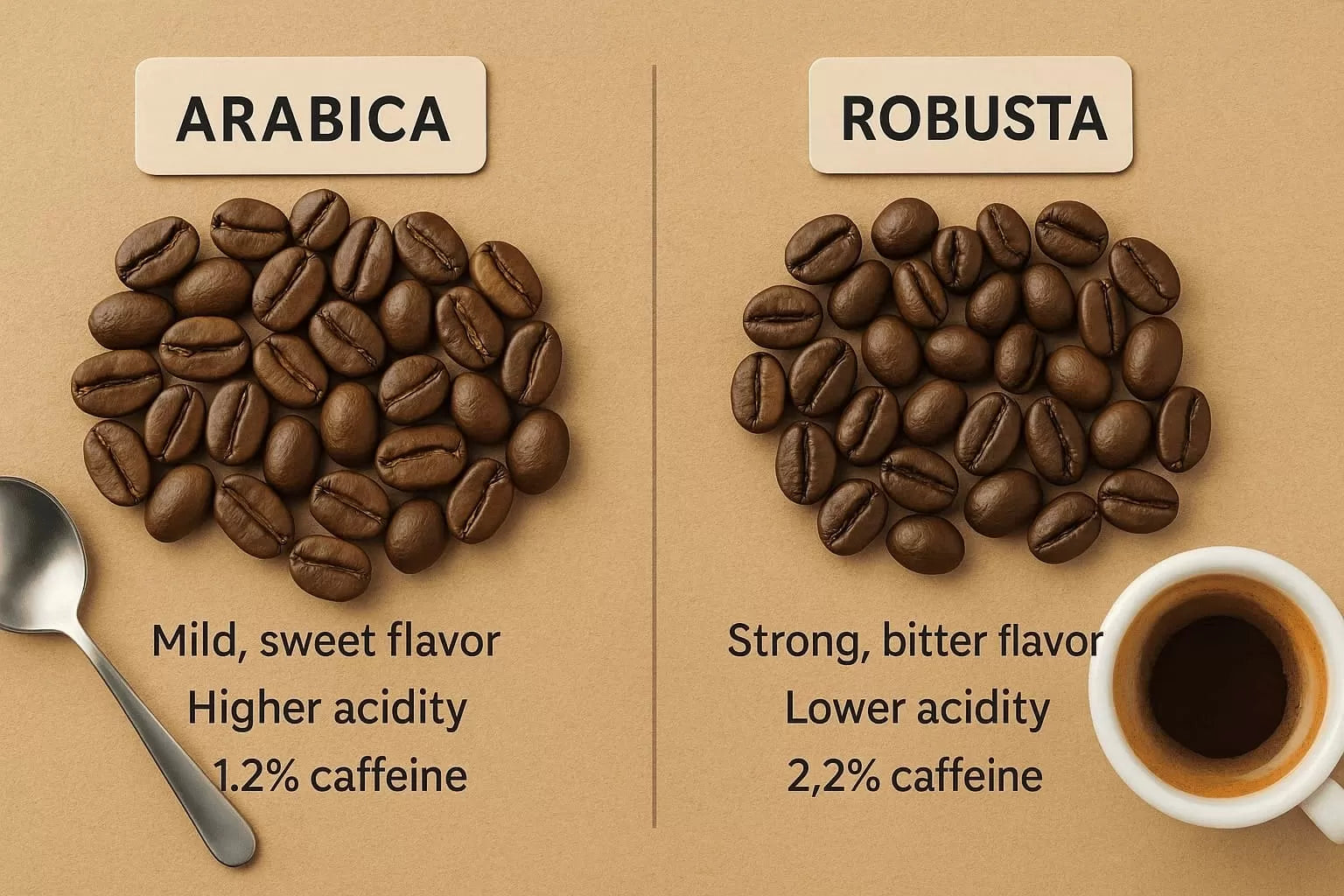What Is Coffee and How Is It Made? From Plant to Cup
Few things accompany us as much as a cup of coffee. It’s part of our mornings, our meetings, and even our quiet moments. But have you ever wondered what’s behind that irresistible aroma? Today, let’s take a journey from the seed to the cup to discover how coffee is produced — and why every single bean has its own story.
🌱 The Origin of Coffee: A Journey from Ethiopia to the World
It all began centuries ago in the mountains of Ethiopia, where, according to legend, a shepherd noticed his goats became unusually energetic after eating the red cherries of a mysterious plant. And that’s how coffee was discovered.
Over time, its cultivation spread to Arabia, Yemen, and later to Latin America, where the plant found the perfect climates to thrive.
Today, countries like Brazil, Colombia, Ethiopia, and Vietnam are among the world’s leading producers — each offering unique flavor profiles.
🌿 Growing Coffee: From Seed to Cherry
Coffee comes from a plant known as the coffee tree, which produces small red fruits called coffee cherries.
Inside each cherry are two seeds — the coffee beans we all know.
The process begins with seedlings planted in nurseries.
After several months, the young plants are moved to their final soil beds, and after about three years, the trees begin to bear fruit.
The ideal climate for coffee combines high altitude, mild temperatures, and regular rainfall.
That’s why the best farms are located within the “coffee belt”, the region between the Tropics of Cancer and Capricorn.
🔥 The Coffee Process: Harvesting, Drying, and Roasting
When the cherries are ripe, it’s time for the most anticipated step — the harvest.
In many producing countries, this process is still done by hand, carefully selecting only the perfect fruits.
Next comes the processing stage, where the seeds are extracted from the fruit. There are three main methods:
-
Dry method: the cherries are left to dry in the sun before the beans are removed.
-
Wet method: the pulp is removed with water, and the beans are fermented for cleaner, brighter flavors.
-
Honey process: a hybrid technique that retains some of the fruit’s natural mucilage, creating sweeter profiles.
After that comes final drying, roasting, and grinding.
Roasting is crucial — it defines aroma, color, and flavor. A light roast highlights acidity and floral notes, while a dark roast enhances body and bitterness.
From Beans to Cup: The Barista’s Magic
Once roasted, the coffee goes through its final transformation — brewing.
There are countless ways to prepare it, but here are some of the most popular:
-
Espresso: intense, concentrated, and crowned with a rich crema.
-
French press: full-bodied with a smooth texture.
-
Pour-over or filter: clean, aromatic, and balanced.
-
Cold brew: steeped in cold water for hours — smooth and refreshing.
Each method brings out different notes from the same bean. That’s the beauty of coffee — it’s an endless world of flavors waiting to be explored.
Conclusion: Appreciating the Value of Every Cup
Behind every sip lies years of work, climate, tradition, and artistry.
From the mountains where it grows to the cup that wakes you up, coffee travels an incredible journey.
Next time you take a sip, pause for a second — that aroma is the result of nature, craftsmanship, and passion combined.
❓ Frequently Asked Questions
How long does it take to produce coffee from plant to bean?
It takes roughly 3–4 years from planting until the first harvest.
What’s the difference between Arabica and Robusta coffee?
Arabica is smoother and more aromatic; Robusta has more caffeine and a stronger, more bitter flavor.
Why does roasting affect the flavor so much?
Because the heat transforms the bean’s chemical compounds, releasing oils and aromas that define its taste.




Leave a comment
This site is protected by hCaptcha and the hCaptcha Privacy Policy and Terms of Service apply.